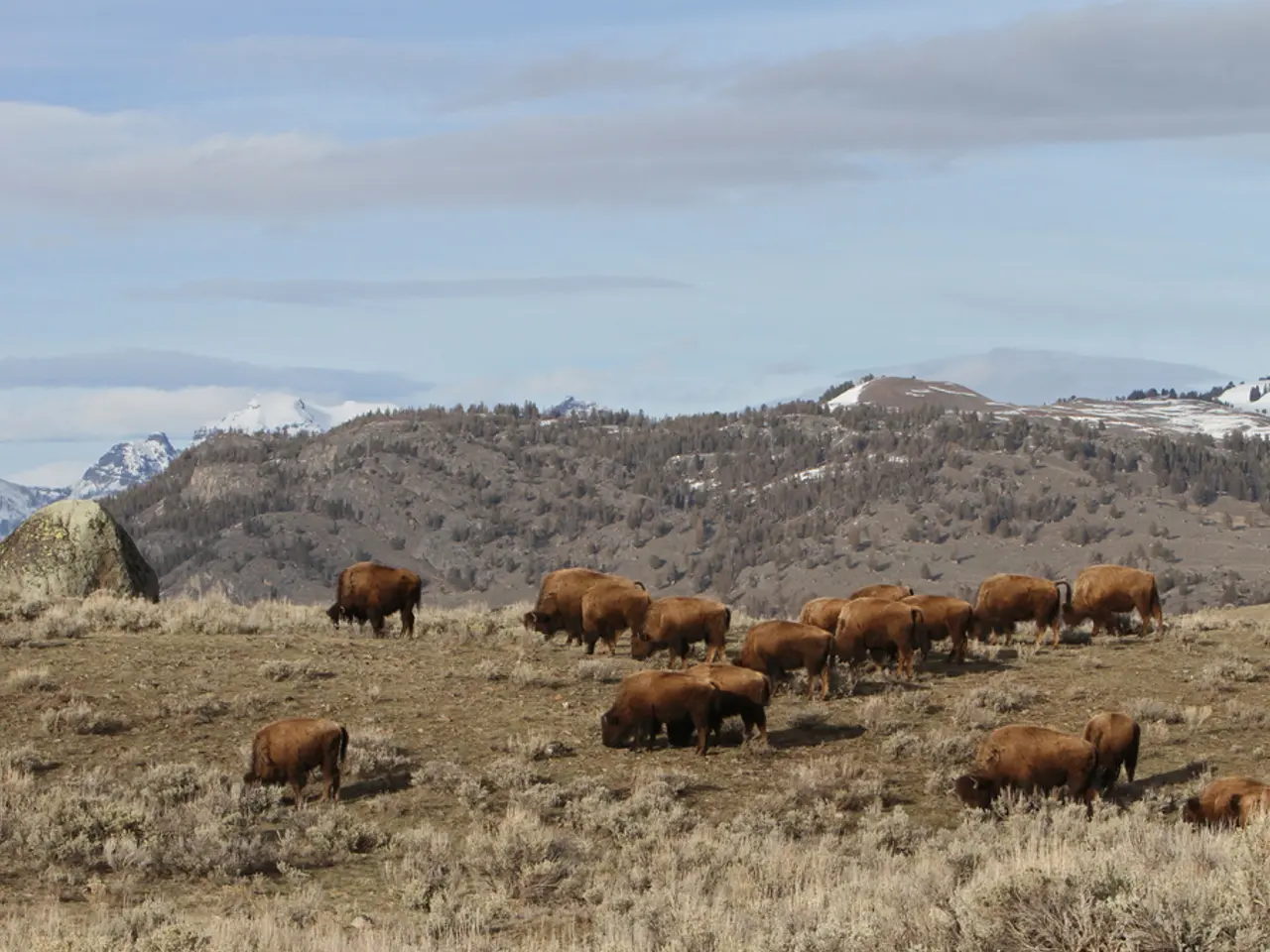Germany's Wildcats Face Threats Despite EU Protection
Germany's wildcat population faces threats despite European protection. Recent sightings in Lower Saxony, including Wendland and Amelinghausen, highlight their spread. However, roadkill and human activities pose significant risks.
Wildcats, primarily mouse hunters, rely on small mammals for 90% of their diet. They require forest edges, open spaces, and hiding places for habitats. Distinguishing them from domestic cats is challenging, even for experts. These elusive creatures have large home ranges, covering two to nine square kilometers on average.
Roads, particularly the A7 highway, pose a significant threat to wildcats. Roadkill is a major cause of their deaths, hindering their establishment in the northern district. Young wildcats are also at risk when hiding in wood stacks due to moisture susceptibility.
To protect and strengthen wildcat populations, organizations are taking action. NABU is working with the Landesswald der Niederlausitz to improve habitats. Meanwhile, the state forests collaborate with BUND on the 'Wildcat Forests of Tomorrow' project. Additionally, the state government is considering making the shooting of stray domestic cats in forest areas a punishable offense for animal welfare reasons.
Wildcats, classified as 'endangered', face threats despite European protection. Conservation efforts by organizations and potential legal changes aim to safeguard these elusive creatures. Roadkill and human activities remain significant challenges to their survival.
Read also:
- Inequalities in colorectal cancer among racial groups: Insights and actions for support
- Liver Cancer Treatment Method: Insights into Function, Potential Sidelines, Efficiency
- Medical professionals at St. Remigius Hospital's rear facilities in Alexian
- Boron's Impact on Bone Health and its Connection with Bey (Title omitted)







